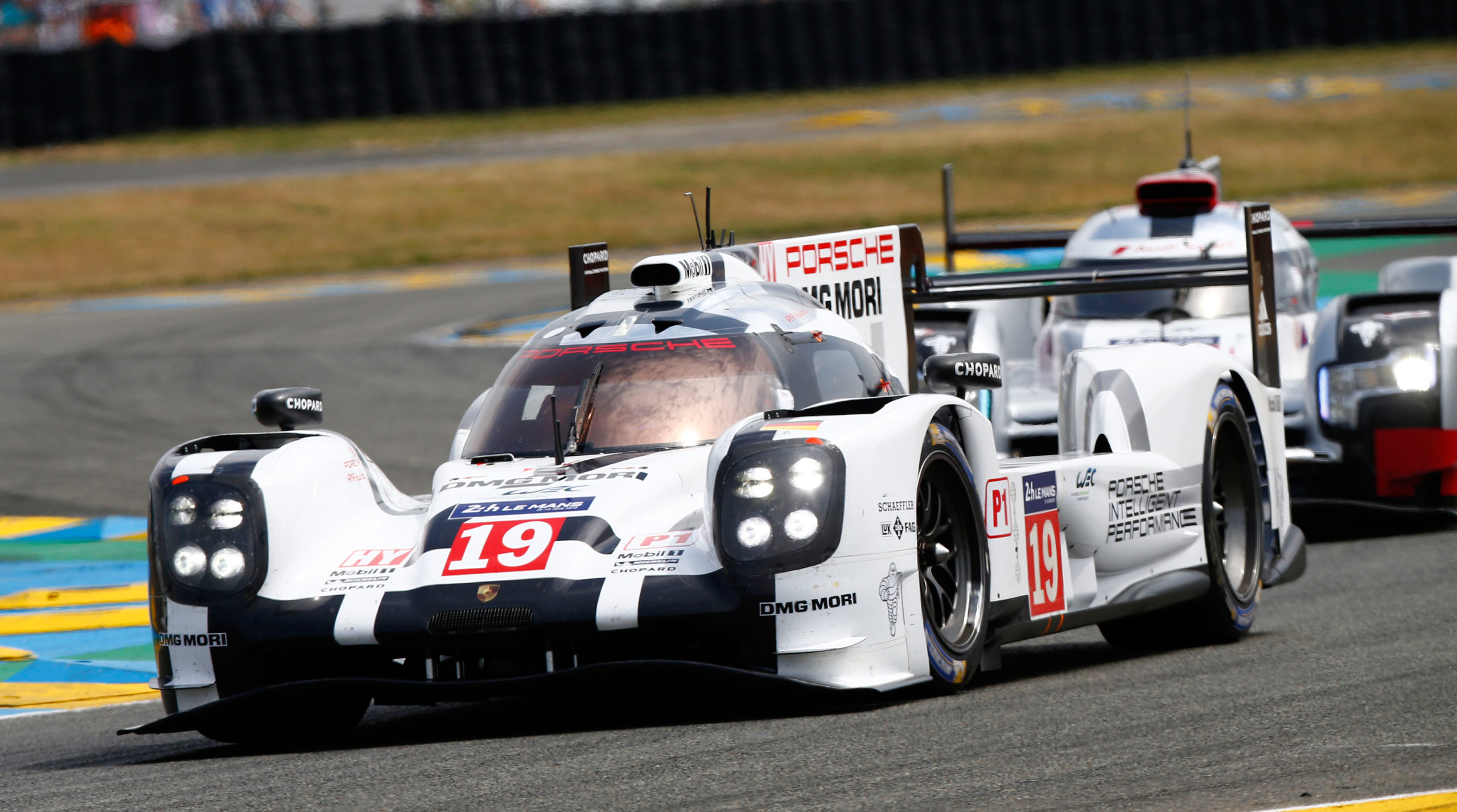While this year’s Le Mans 24 Hours will no longer be the final race for the LMP1 category – the FIA WEC’s newly scheduled trip to Bahrain later this year will be – it will represent somewhat of a last hurrah for a class which has represented the pinnacle of sportscar racing for most of the past two decades.
The list of designed and raced LMP1 cars is surprisingly long, when you consider that new models have been few and far between in recent years. It comprises of 53 chassis spanning 26 manufacturers. There have been some stinkers, but also some absolute stunners.
It begs the question: When the Le Mans Hypercar category takes over the reigns at the top of the FIA WEC next year, what will we remember when we look back on the LMP1 era? Lest we forget that it has provided some of the most memorable races in sportscar racing history and pushed the boundaries on the technology front.
So before we say goodbye, at Travel Destinations we’ve picked six of the most significant LMP1 battles at La Sarthe to remember:
2007: Audi Vs Peugeot Round 1
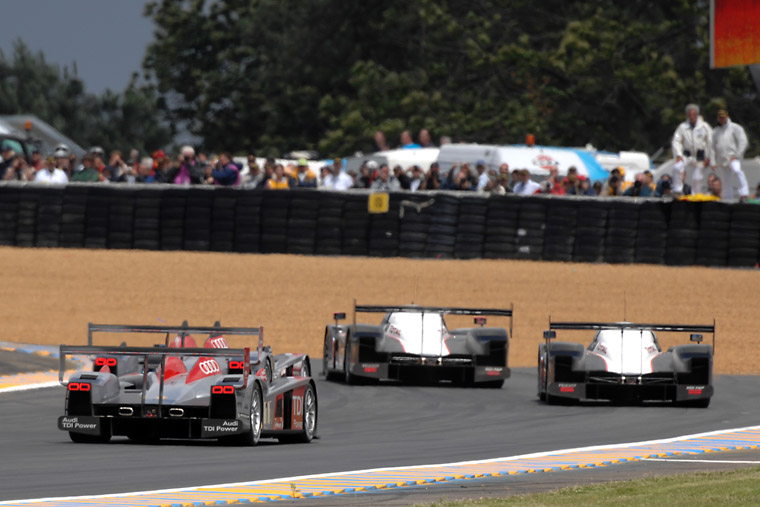
Cast your mind back to 2007. The Diesel-powered era was in its infancy, and the class’ visibility beyond the Le Mans 24 Hours was low. Audi wasn’t fighting Peugeot for a world title over the course of a season, in fact Audi chose to race in the American Le Mans Series in an attempt to grow its Diesel product in the US and its French rival planted its flag in the Le Mans Series. This meant the only time they came together and raced was at Le Mans, which was a non-championship race at the time.
As a spectacle, the 2007 Le Mans 24 Hours may not have lived up to the hype that two automotive giants competing against one another for the ultimate prize in endurance racing creates. But the result was significant. It was a race in which Audi flexed its muscles and won its seventh Le Mans by 10 laps with its sole-surviving R10 TDI and kickstarted a rivalry that would last five years.
For Peugeot it was a baptism of fire for the 908 programme. It took two examples to the event and put them up against a trio of R10s manned by highly experienced crew members who the year prior had dominated the 2006 edition scoring the first ever diesel victory up against a cabal of petrol-powered privateer LMP1s that in reality stood little chance due to the inherent advantage in fuel efficiency the Diesels benefitted from. In 07, the disparity between the petrol and diesel cars was no different.
For much of the race it appeared that the venerable trio of Tom Kristensen, Allan McNish and Dindo Capello would storm to victory. For 15 hours, they were in control, showing stunning raw pace and consistency up against their teammates and the 908s that proved to be fast but fragile.
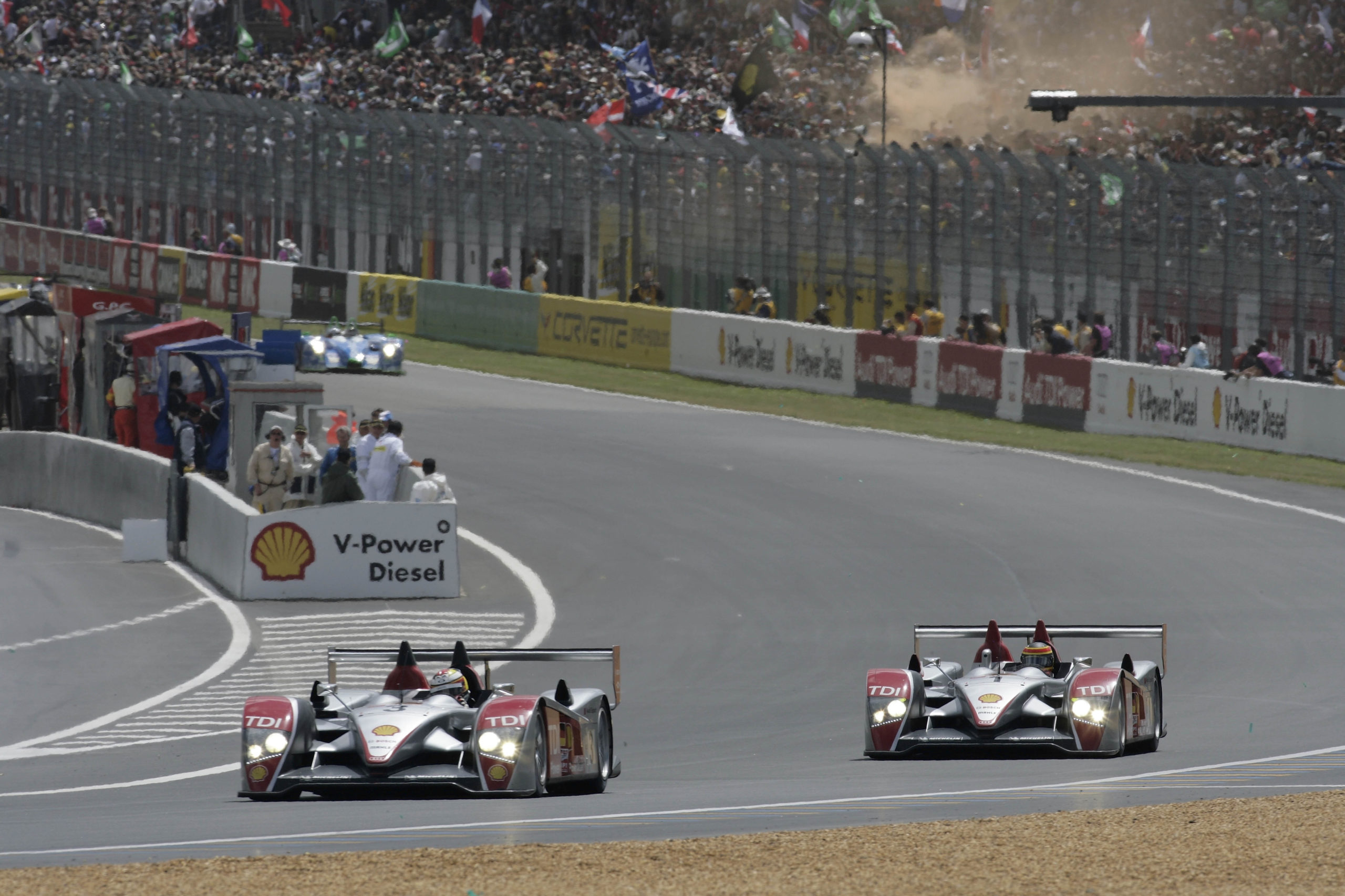
But it all went wrong for the No. 2 Audi, when the right-rear wheel came detached at Indianapolis sending Capello into the barriers and into retirement. This left the No. 1 Audi of Frank Beila, Emanuele Pirro and Marco Werner to claim the lead and a second consecutive victory as a trio. A 10 lap margin looks comfortable on paper, but in reality there was a sense of unease at Audi in the closing stages; it was down to one car by the end as the No. 3 R10 had also retired following an off of its own. It meant Audi and Peugeot would head into the final hours with one car apiece following the No. 7 908’s engine expiring.
In the end though Audi would prevail.
2010: Peugeot’s meltdown
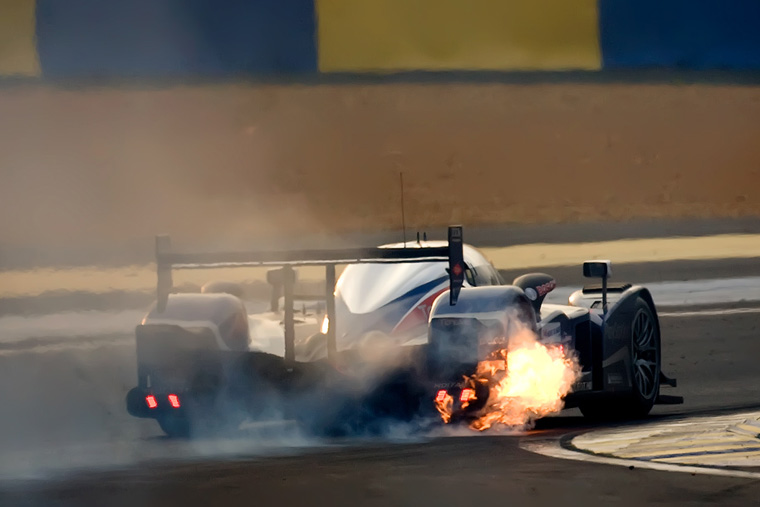
Three years on from Peugeot’s debut with the 908, it was on top of the world. It had scored a famous Le Mans victory in 2009, making the most of an uncharacteristically poor showing from Audi’s factory team and was poised to make it two wins in a row for its updated 908 HDi FAPs.
The 908 was a considerably faster car than Audi’s revised R15 Plus, and it appeared to be reliable too, having scored commanding 1-2 finishes in the Sebring 12 Hours and the 100km of Spa in the run up to the race in France.
But it simply wasn’t meant to be, as the French giant would see its hopes of winning Le Mans slowly fade away during the 24 Hours as the four 908s hit trouble and retired; three of them with identical engine failures. The scenes trackside and in the garages were remarkable, it was beyond a missed opportunity and the top brass at Peugeot knew it.

Peugeot’s woes left Audi to pick up the pieces and score a highly unlikely 1-2-3 finish, the marque’s ninth overall win which equaled Ferrari in the all-time tally. Ultimately, the French marque wouldn’t get a better chance to score a second Le Mans victory with the 908 platform, though it did come close the year after.
2011: Audi’s Last Man Standing
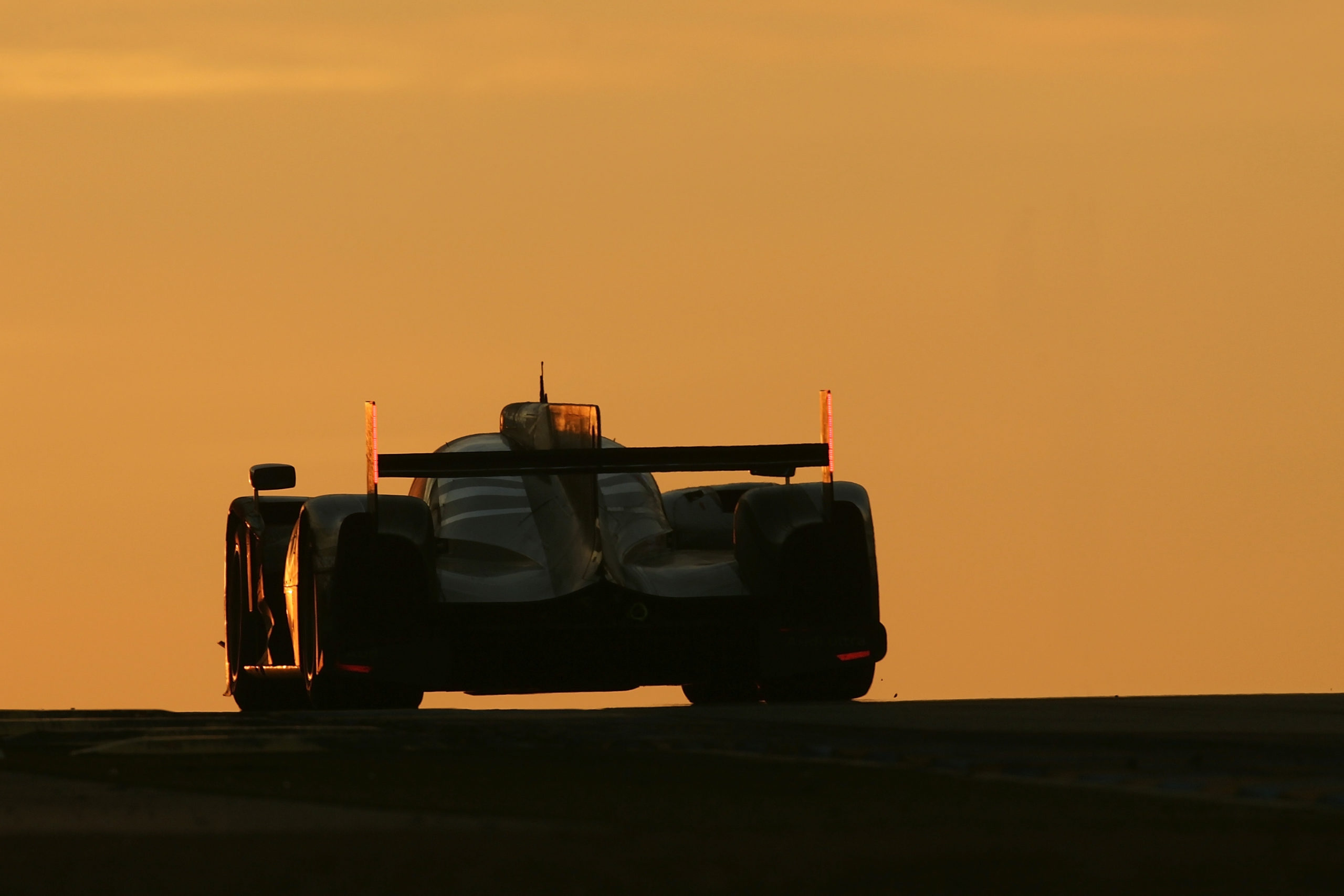
And it was a year later, in 2011, which saw arguably the greatest on-track battle in LMP1 history between Audi and Peugeot, in what turned out to be the French constructor’s final Le Mans before withdrawing from the sport.
It was a classic round-the-clock war between two teams. Both Audi’s brand new R18 and Peugeot’s revised 908 ran on rather equal terms, though both cars had strengths and weaknesses. The Audi? It was quicker over a single lap at La Sarthe and could quadruple stint its tyres. The Peugeot? It could go longer on fuel and proved to be faster during the night hours when the temperature dropped.
That combination made for a thrilling race in which the pendulum swung wildly throughout. Audi may have taken a clearer win had it not had two of its three cars eliminated by major accidents. The team’s No. 2 example of McNish, Capello and Kristensen crashed out early after a tangle with a Ferrari at the Dunlop Bridge which sent McNish flying into the barriers. Then overnight Mike Rockenfeller had a huge accident in the No. 3, also (coincidentally) with a Ferrari, at the Mulsanne Kink, which saw him spear into the barriers, destroying the car. Thankfully both were unhurt.

It left a sole-surviving R18 of Benoit Treluyer, Marcel Fassler and Andre Lotterer to defend Audi’s honor and score their second straight win as a crew. The trio performed impeccably under increasing pressure from the Peugeots throughout, and survived some rather ‘daring’ attempts to force mistakes. When the cars crossed the line it was Audi’s day once again in a tight finish that came down to the final round of pit stops.
It was the closest finish since ’69, just 13.8 seconds separated the leading pair.
2015: Porsche makes it 17
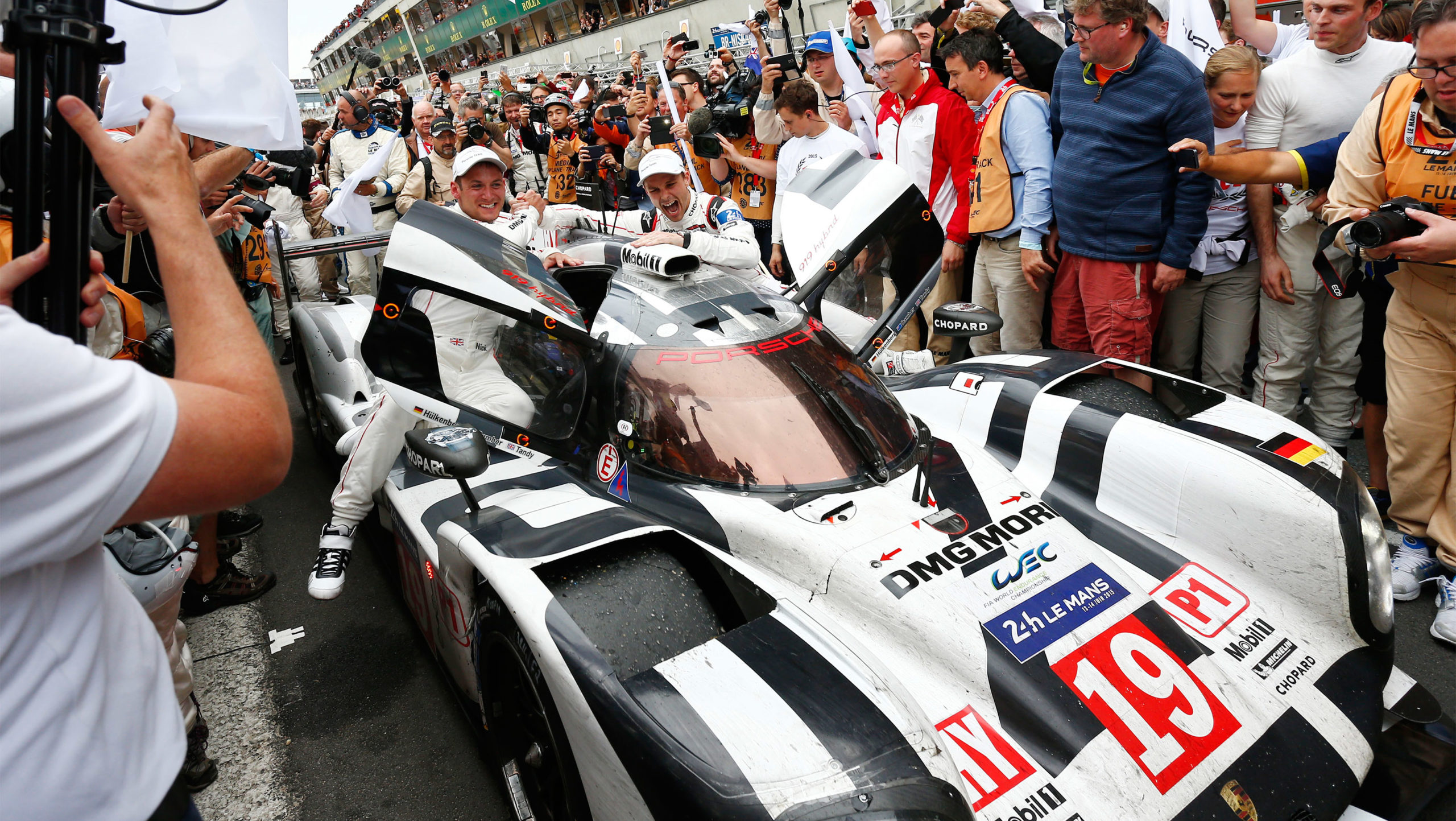
Held in front of a record crowd of over 260,000 people, the 2015 Le Mans 24 Hours had a lot to live up to. With 11 factory cars in the LMP1 ranks on the entry list and an ensemble cast of drivers in the top class at a level higher than any race at La Sarthe post-2000, it had so much promise, and thankfully delivered.
When it came down to it, the race turned into a titanic battle between Porsche and Audi. The two Japanese marques failed to feature. Toyota on this occasion was a step behind two German makes up front, and Nissan’s radical GT-R LM NISMO was so far off the pace (and unreliable, in part because its hybrid system simply didn’t work) that the pole-setting LMP2 car reeled off a time half a second up on the slowest of the three in Qualifying.
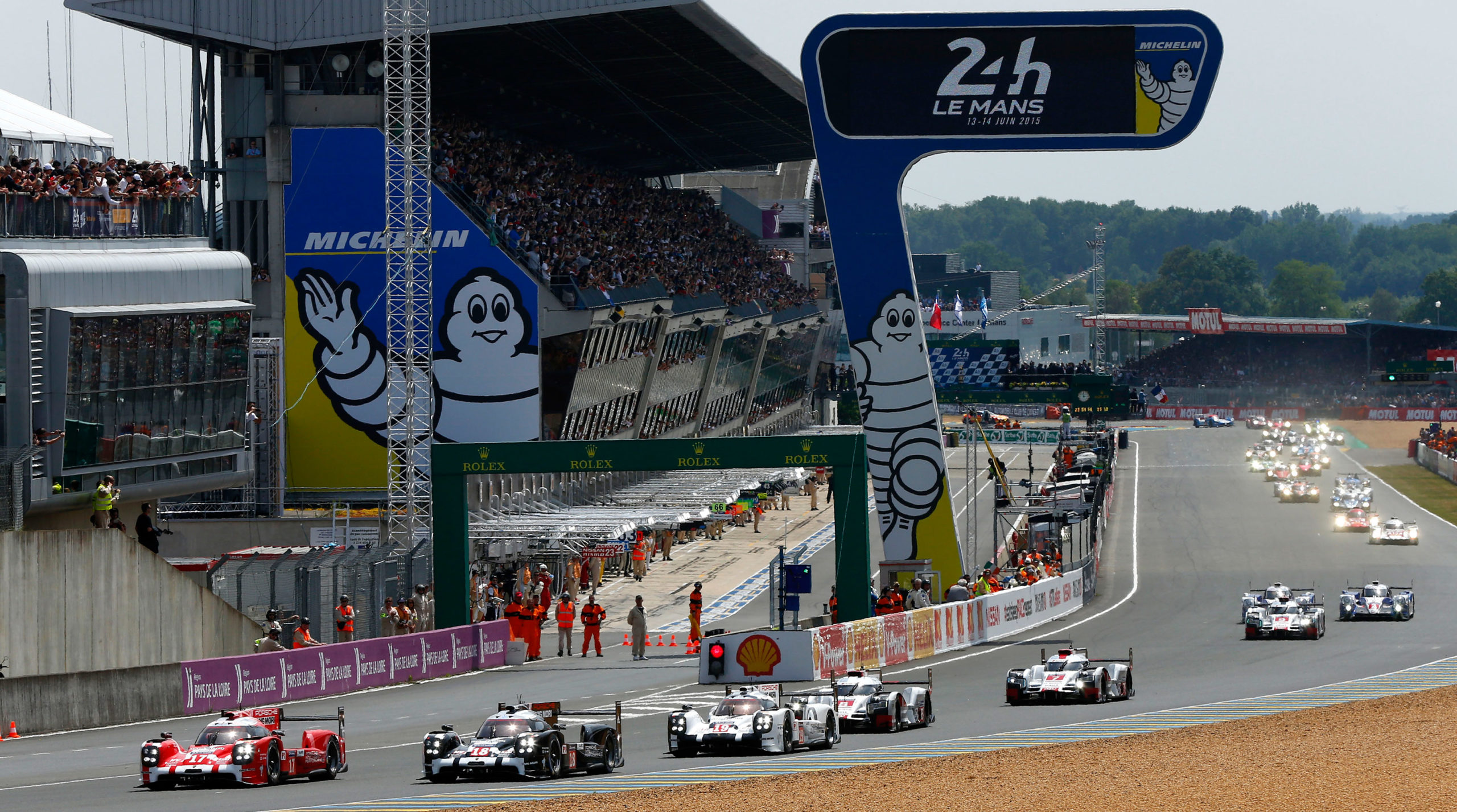
But it was still a race filled with drama, as Audi attempted to further chip away at Porsche’s record number of overall wins. Unfortunately, the race weekend would mark the start of Porsche’s dominant run in LMP1. The 919 was hitting its stride, proving to be both fast and (mostly) reliable.
But on this occasion, Porsche’s full-season crews in the No. 17 and No. 18 examples were not the shining stars, instead its third car – in just for Spa and Le Mans – with Earl Bamber, Nick Tandy and Nico Hulkenburg had a faultless run to the victory. Audi’s leading trio of Lotterer, Fassler and Treluyer were in the fight for the first half of the race, before the pace of their car dropped off when the sun went down and the rear deck of their R18 became detached on Sunday morning, costing them valuable time in the pits. It left the door open for Porsche to score a 1-2 finish.
It was victory 17 at Le Mans for the brand, which would go on to make it 19 before walking away in 2018.
2016: Toyota’s heartbreak
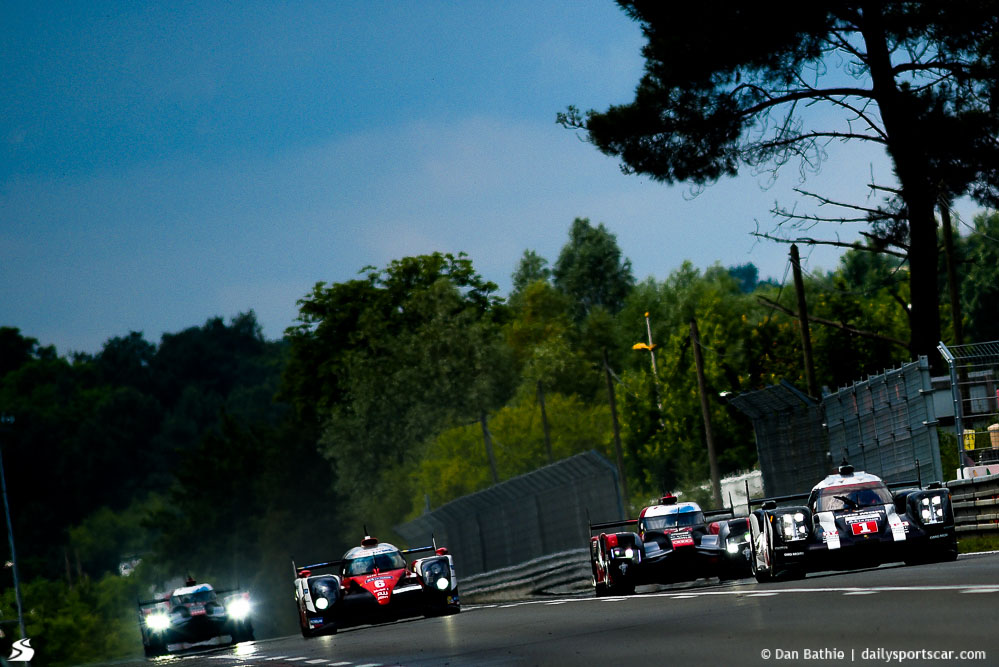
You can’t write about the best LMP1 races without mentioning the 2016 Le Mans 24 Hours. It was a simply staggering race, with one of the most gut-wrenching finishes in sportscar racing history.
We’ll start at the end. Toyota had this won. With two laps to go, well over 23 hours of the race completed, Kazuki Nakajima was heard on the team radio complaining that he had lost power. At that point he held a comfortable lead over Porsche’s leading 919 which was on the lead lap but had opted to back off as a showing of class.
Those trackside saw the No. 5 TS050 HYBRID slowing and immediately brushed off it off as an attempt to create a formation finish. But it quickly became clear that the panic was beginning to set in down in the Toyota camp. It wasn’t part of the plan at all, instead there was a fault with the car which caused it to slow to a crawl and eventually grind to a halt on the start/finish line directly in front of the team’s garage.
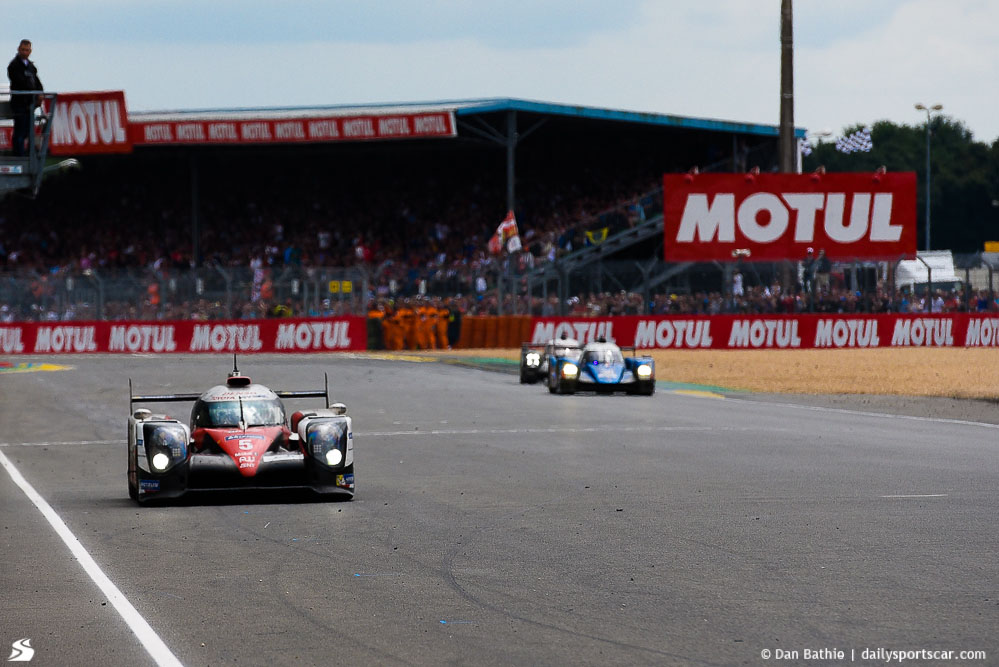
Nakajima could barely walk after being retrieved from the car and the entire squad, understandably, were experiencing collective shock on an colossal scale. After so many years of trying, Toyota, once again had run out of luck when it mattered most. It would have to wait another two years to claim its first win. Porsche meanwhile, took a surprise victory.
Stephen Kilbey
Want to make the trip to Le Mans next year for the 24 Hours or Classic? We’re already on sale for 2021 and demand is high! Give our office a call today to get yourself a package booked on 01707 329 988.

